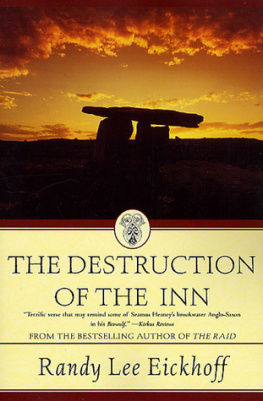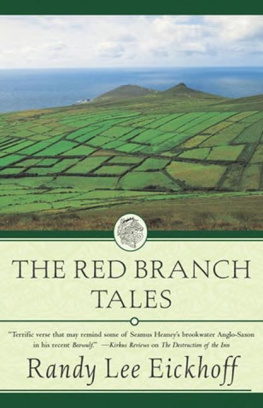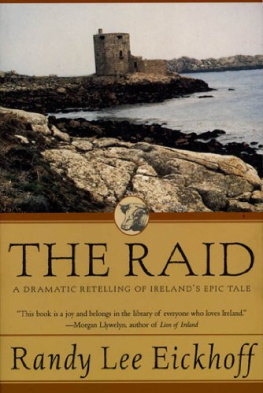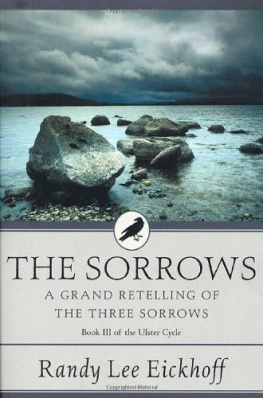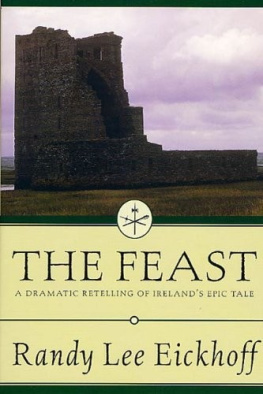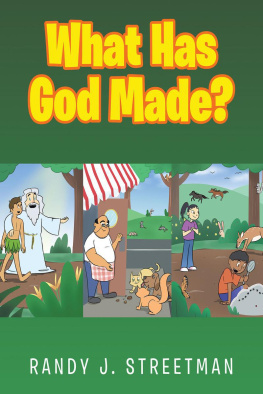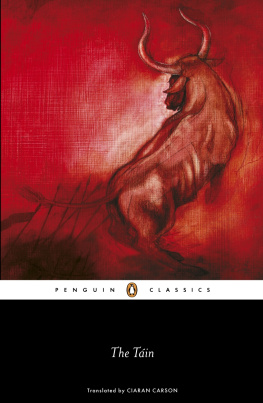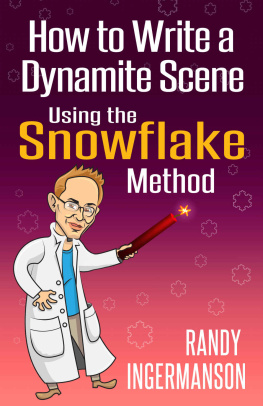The author and publisher have provided this e-book to you without Digital Rights Management software (DRM) applied so that you can enjoy reading it on your personal devices. This e-book is for your personal use only. You may not print or post this e-book, or make this e-book publicly available in any way. You may not copy, reproduce or upload this e-book, other than to read it on one of your personal devices.
Copyright infringement is against the law. If you believe the copy of this e-book you are reading infringes on the authors copyright, please notify the publisher at: us.macmillanusa.com/piracy .
With the possible exception of Tin B Cailnge ( Cattle-Raid of Cooley )
The Book of the Dun Cow (so named as it was made from the hide of a famous pet cow of St. Ciarn of Clonmacnoise) is catalogued in the Royal Irish Academy in Dublin as Number 225 in the Hodges and Smith Collection. The author is unknown, although an insertion made in 1245 A.D. states that it was written by the culdee Mael Muire mac Clachair. The book consists of sixty-seven leaves and measures eleven by eight inches and contains sixty-five stories and fragments. Most of the tales belong to the Ulster Cycle.
Traditionally, scholars have placed The Destruction of D Dergas Hostel in the Mythological Cycle, but the several heroes that appear in it from the Ulster Cycle would seem to indicate that it should properlybe included (along with a prequel, Tochmarc tane [ The Wooing of tan ]) in the Ulster Cycle. Additionally, we see the sons of Maeve of Connacht, the instigator of the cattle-raid in the Tin, appearing as part of the raiding force. The death of Conaire (the king of Ireland in The Inn ) provides a gap of five years in the succession of kings. We see a reference to this in Serglige ConCulainn ocus aent ( Emire The Wasting Sickness of Cchulainn and the One Jealousy of Emer ) as well. Although it appears that some of the Ulster heroes have been inserted into the text by later scribes, one cannot be certain. It is not my purpose to engage here in the semantics of textual criticism, but until a manuscript surfaces with an earlier rendition that excludes the Ulster heroes, we must work from the text available. With the subsequent inclusion of the Ulster heroes in the text, we may, I believe, rightfully assume that The Inn should be a part of the Ulster Cycle of Irish heroic literature.
The oldest manuscript of the work itself was copied around 1100, but the saga was written far earlier, in the eighth or ninth century. According to the annals, Conaire was High King of Ireland about the beginning of the Christian era. The story has several repetitious sections, which is a literary pattern called the watchman device and appears as well in Mesca Ulad. The purpose of this literary device is to provide a picture of one side before the battle begins. Additionally, it was an aid in memorization when enormous numbers had to be accounted for by the bard.
I think it is only prudent to point out here that there was quite a difference between a bard, a poet-singer, a harp-singer, and a fili. The Book of Rights, compiled or edited in the eleventh century, states that knowledge about kings and their privileges is proper to the fili and not to the bard. Other texts give the honor-price of a bard as half that of a fili, and a bard could claim nothing on the grounds that he was a learned man, whereas a fili could. The bard was expected to earn his living with his native wit. The bards were simply reciters whereas the fili were composers of poetry.
Much mysticism exists in the work, such as when upon the return journey Conaire and his company see warbands and stark-naked men and the land around Tara in a cloud of fire. This signifies that the kings law has collapsed because Conaire has broken some of his gessa (taboos), which were given to him before he became the king of Ireland. Theywere quite numerous, and there is no reason to go into them at this point, as they are covered in the story at the appropriate place. This mysticism, however, is extremely important, as it suggests to us that the actual inn was not a real place but rather a part of the Otherworld. Da Derga (Two Reds) actually belongs to the Otherworld, as does Conaires foster-father Donn Dsa, who symbolizes the Irish god of the dead, Donn. Consequently, Donn Dsas children have Otherworld qualities as well; the hint is that they were shape-shifters and became werewolves at times.
The inn in question is generally thought to be situated in Wicklow, just west of Lough Bray and south of present-day Glencree Reconciliation Centre. The hosteler, however, is an enigma, although his name, D Derga, translates to the red god, which is sometimes a euphemism for the death god. It is chthonic and deals with the slaying of a king in a house of death. The inn itself is described as an iron house and the attempts by the raiders in the tale to burn it suggests a reflection to the iron houses in Mesca Ulad ( The Intoxication of the Ulstermen ) and Orgain Denda Rg ( The Plunder of Dinn Rg ) [see Appendix A]. This appears to be a familiar theme, as we can also find the theme of roasting to death in an iron house in the tale of Branwen, the daughter of Llyr, in the Mabinogion .
The opening episode in The Destruction of the Inn is very difficult to sort out, as it appears to be a muddled version of the incest episode at the end of The Wooing of tan. Something, however, appears to be missing even though there is no evidence of a lacuna in the tan manuscript. There is a lacuna at the beginning to The Inn manuscript that begins simply airiut . This is acephalous as a result of the lacuna, which indicates that a leaf or page is missing. The word may be a falling together of two words or be a corruption of airis, suggesting foreknowledge or tryst, assignation, an arrangement to meet. Although it appears fragmentary, I would suggest that this might be a possibility, along with airisin, which suggests ( a. catha ) awaiting battle. This would presume a predestination of sorts, which would fit the subject matter of the work.
I have taken some liberties here to provide a smooth transition throughout the story. The conception of Conaire and is included among the lists of the kings of Ireland, somewhere between 105 B.C. and 27 B.C. We can find reference to this in the Lebor Gabala and the Four Masters , which indicates that he reigned for seventy years. In The Inn , however, he is seen as a fairly young king, which, I suggest, is a poetic license taken by one of the early storytellers to heighten the tragedy of his death, as his death was not only the death of a king, but the end of a dynasty and the subjugation of a people as well.
We open the story with Eochaid Feidlech (synonymous with Eochaid Airem in the tan manuscript), who was the father of Maeve of Connacht (the instigator of the Tin ), coming upon tan by a well. The name tan appears twice in The Inn and readers must take care not to confuse the two characters. When Eochaid and tan marry, they have one daughter, also named tan, whom Cormac, king of Ulster, marries. When Cormacs wife gives birth to only one child, a daughter, Cormac orders her to be taken to a pit and killed. However, those who are assigned to kill her take her instead to the calf shed of Eterscl, the king of Tara. Here, her name is changed to Mess Buachalla. She is first impregnated by a birdman and then married by Eterscl, which gives her child, Conaire, his divine and mortal paternity.

